Resurrecting the MG brand – known and beloved by so many sports car owners throughout the UK and beyond – to its former glories looks like rather a tall order.
It might even be an impossible task, in light of the kinds of cars that have become its bread and butter in this electrified era. But be that as it may, for the moment, MG Motor looks determined to try.
The Chinese manufacturer’s latest debutant, the MG Cyberster electric convertible, has a suspicious quantity of ‘wow’ factor, doesn’t it? Studiously imitative but undoubtedly pretty styling and scissor doors that motor up at the touch of a button on the key fob, ready to stun anyone approaching its orbit into slightly confused silence.
Can this really have come from the same company that brings us the ZS, HS and 3 – the supermini that was until fairly recently one of the UK’s cheapest new cars? The positing of that question within the minds of anyone who sees a Cyberster seems almost to justify the existence of this car all on its own.
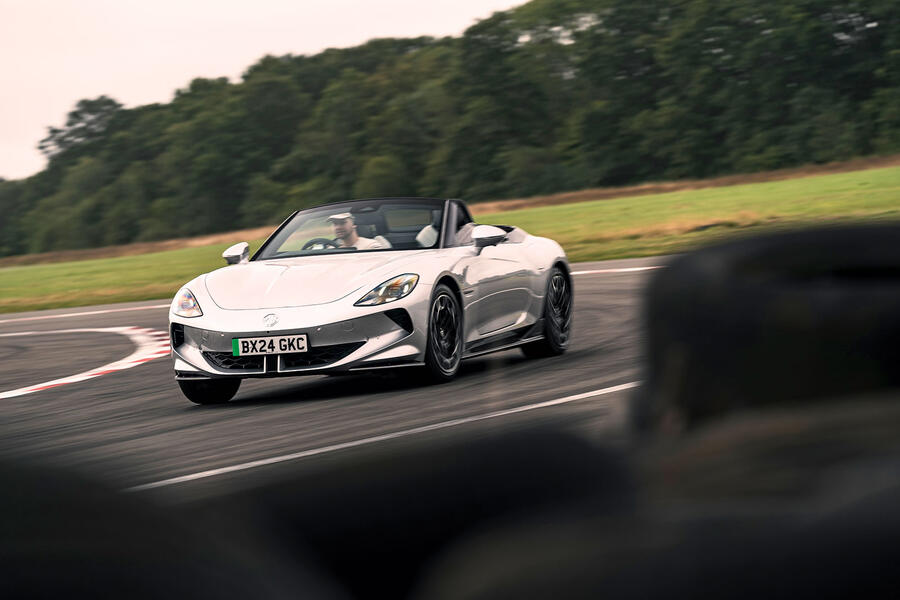
The decision makers at the Shanghai Automotive Industry Corporation (SAIC) must be reasonably convinced, however, that the halo effect of a £60,000 convertible can be brought to bear to motivate buyers of compact hatchbacks and crossovers in 2024.
Beyond the bubble of its introduction, MG Motor UK is said still to be unsure whether it will sell 500 a year, 50 or five. But whichever is the case, you can bet that there will still be a shiny Cyberster sitting proudly in the corner of every major showroom.
For now, here we are, sitting in a brand-new Cyberster, with a combustion-engined BMW Z4 for company. Now to find out exactly what MG is seeking to achieve with this car, who it’s aiming at and how accurately it’s doing so.
Is this the car to relaunch a sporting reputation? Some drop-top, 4.5-metre-long reset button with supercar doors?
Moreover, can it stand up to the competitive scrutiny put on it by a rival from an established European manufacturer that’s surprisingly closely matched on paper, albeit worlds apart on how it’s powered?
If not, and buyers are left to look for other reasons to choose it, could we even call it the ultimate electrified MG sports car?
C to Z
We’ve picked the cheaper, less powerful, single-motor Cyberster Trophy for this exercise, because it matches the layout and performance level of the Z4 more closely, but that does do a bit of an injustice to our newcomer.


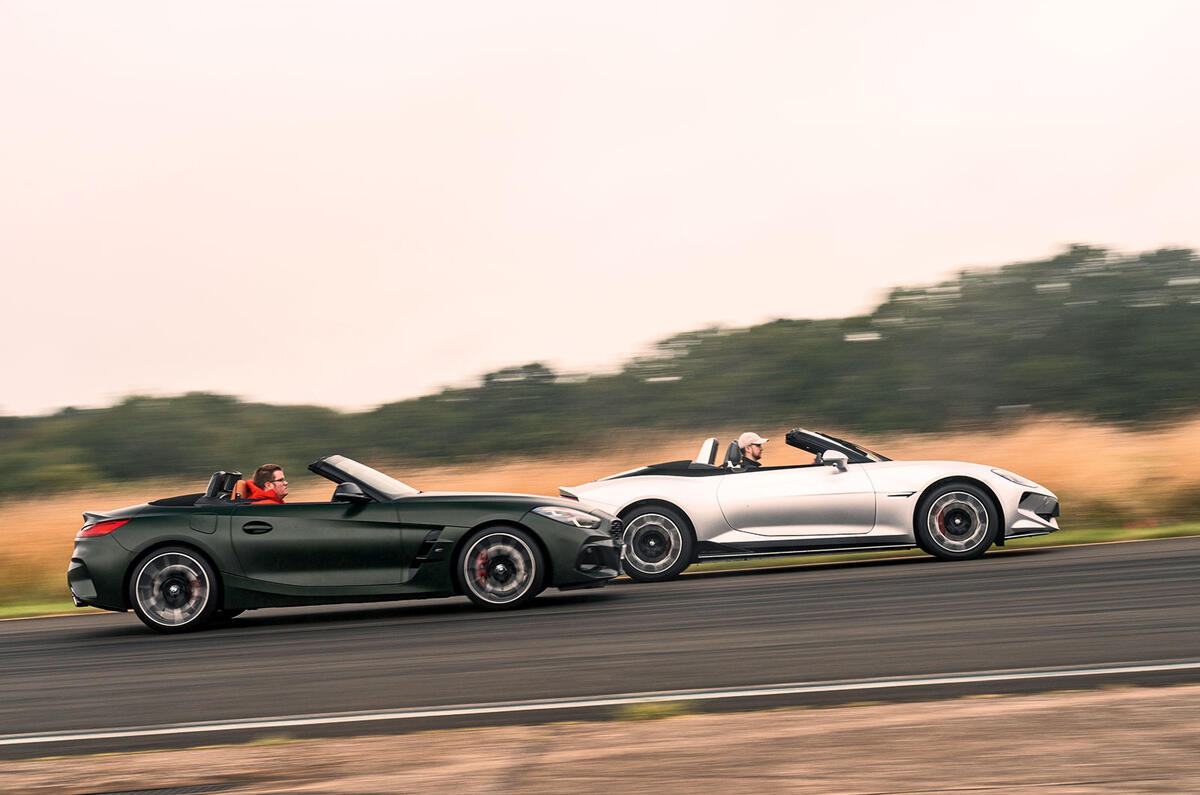
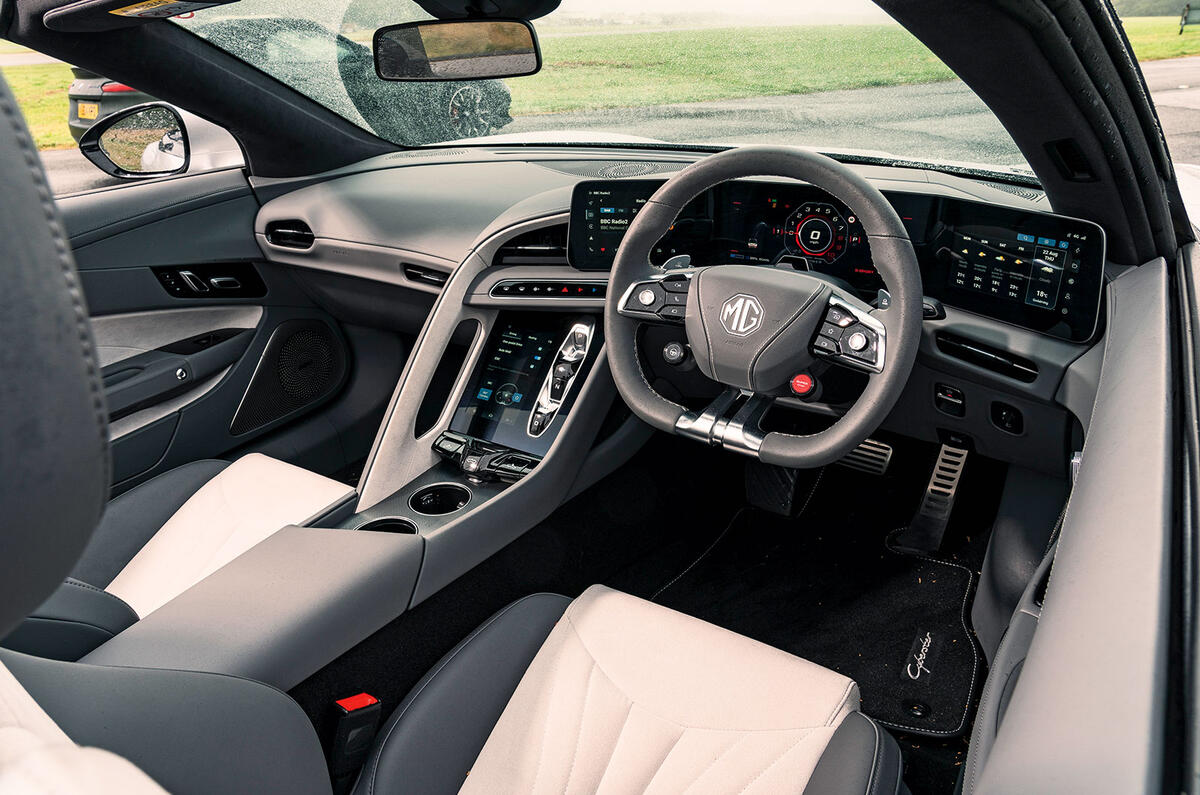
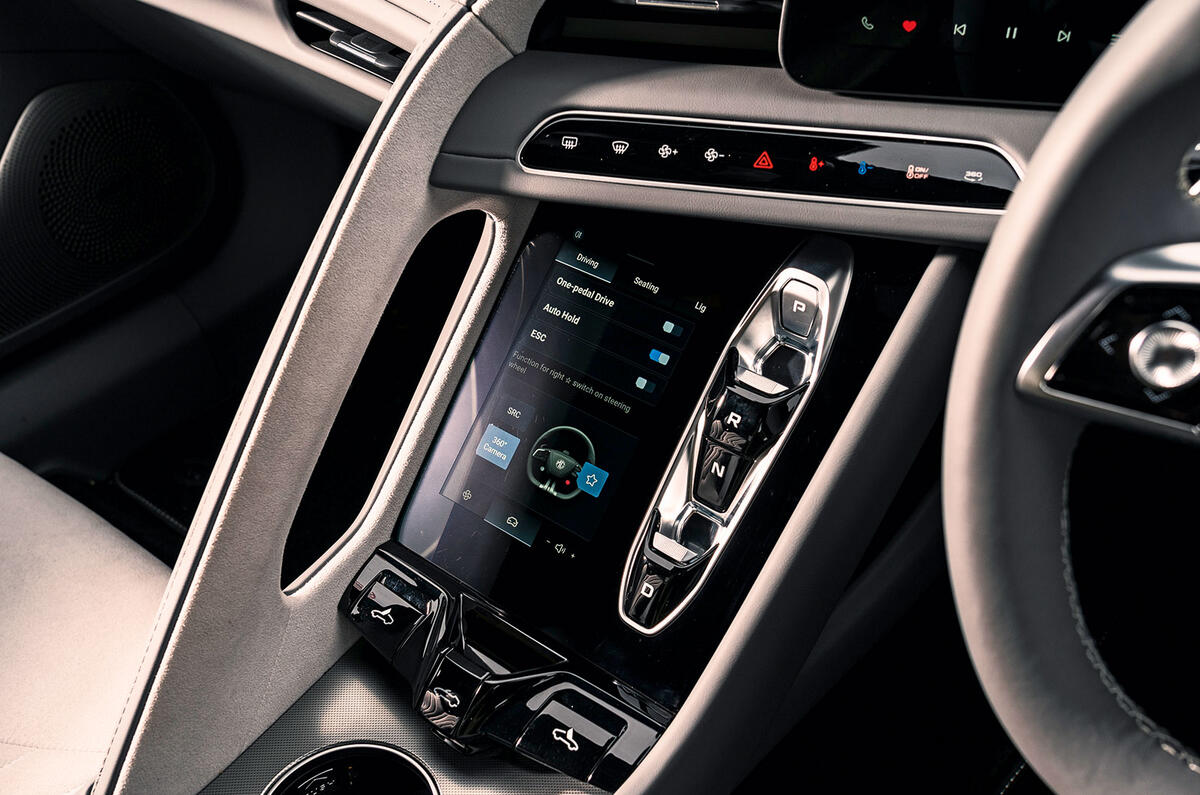
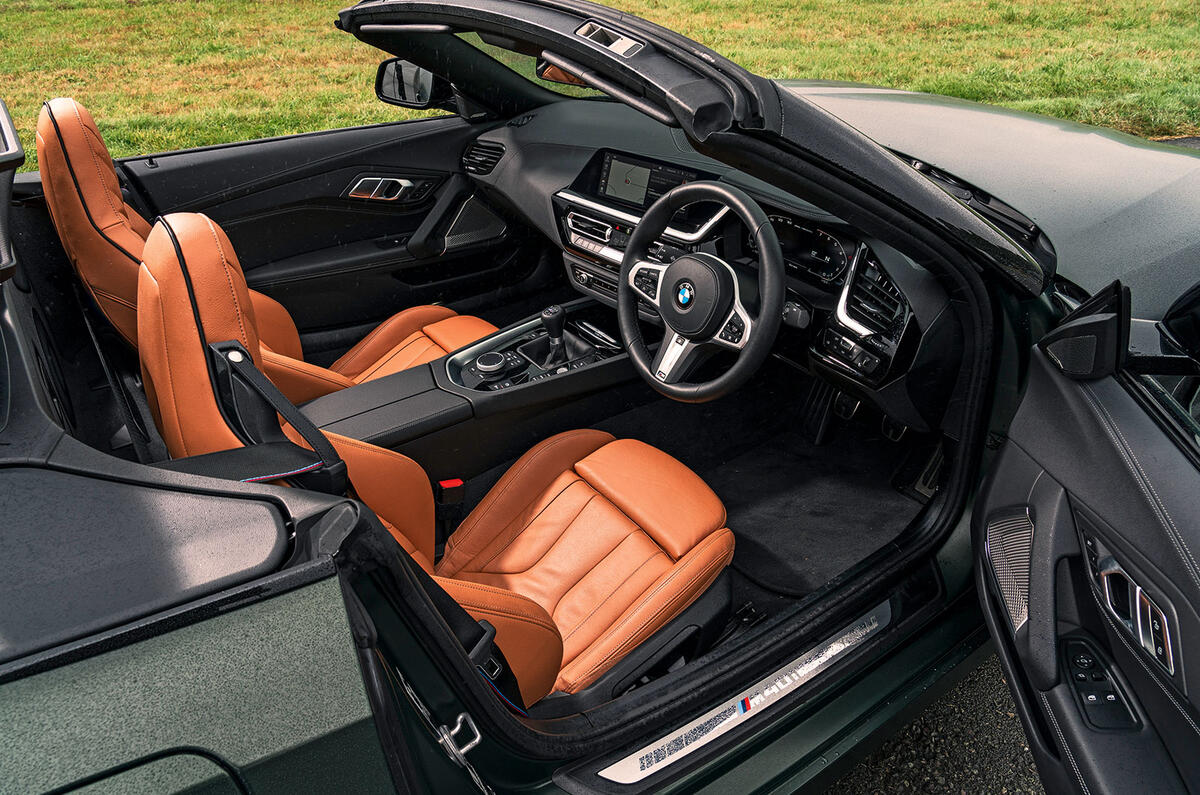
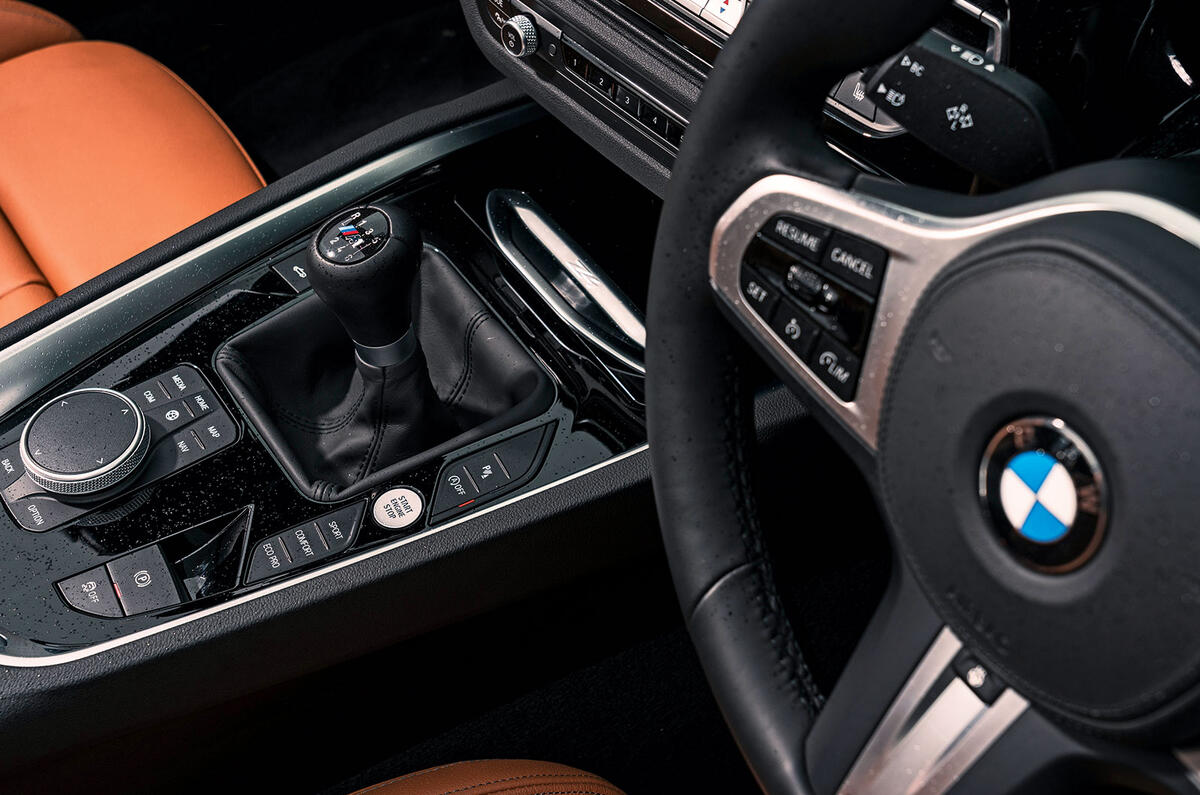

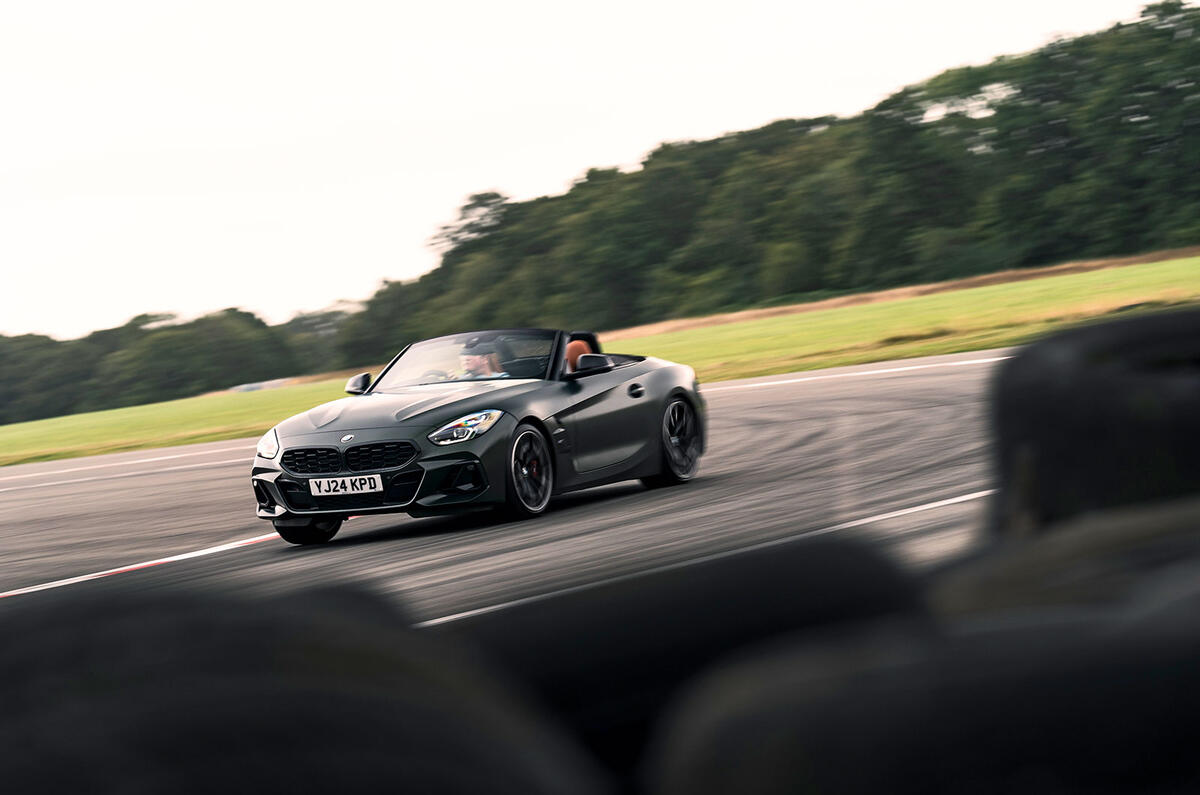
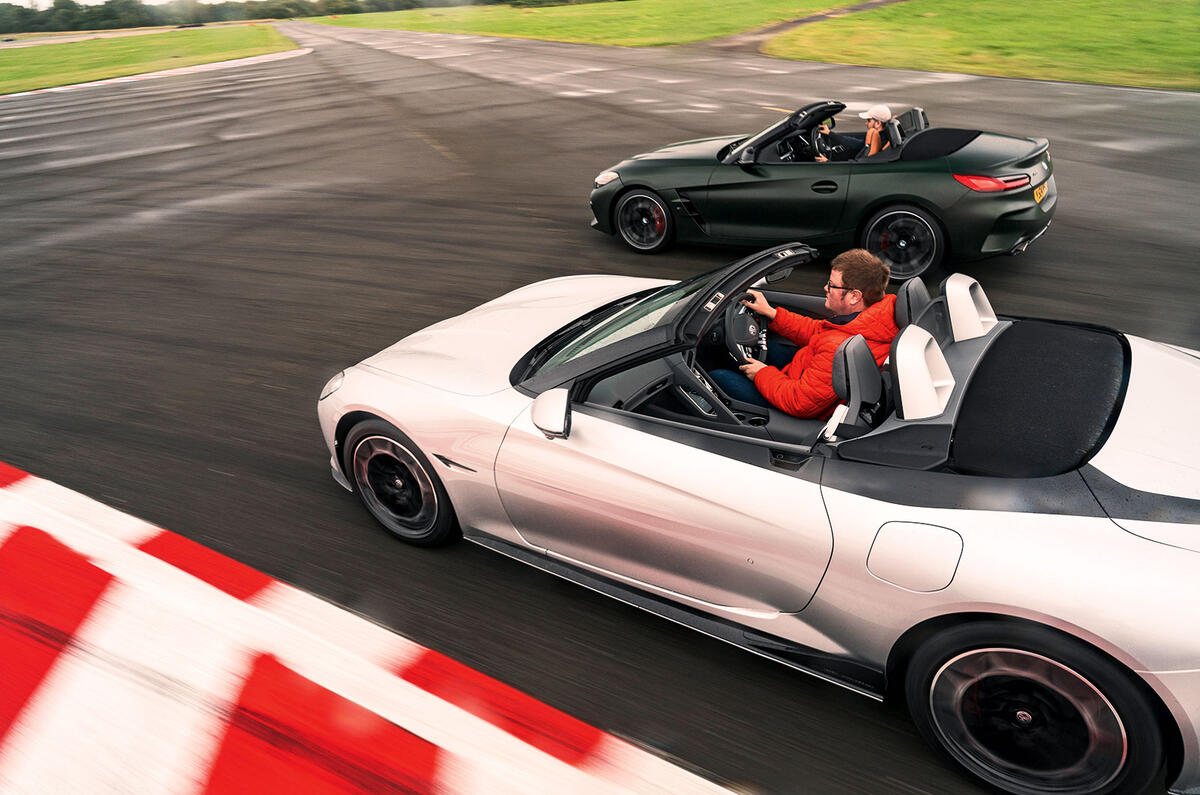
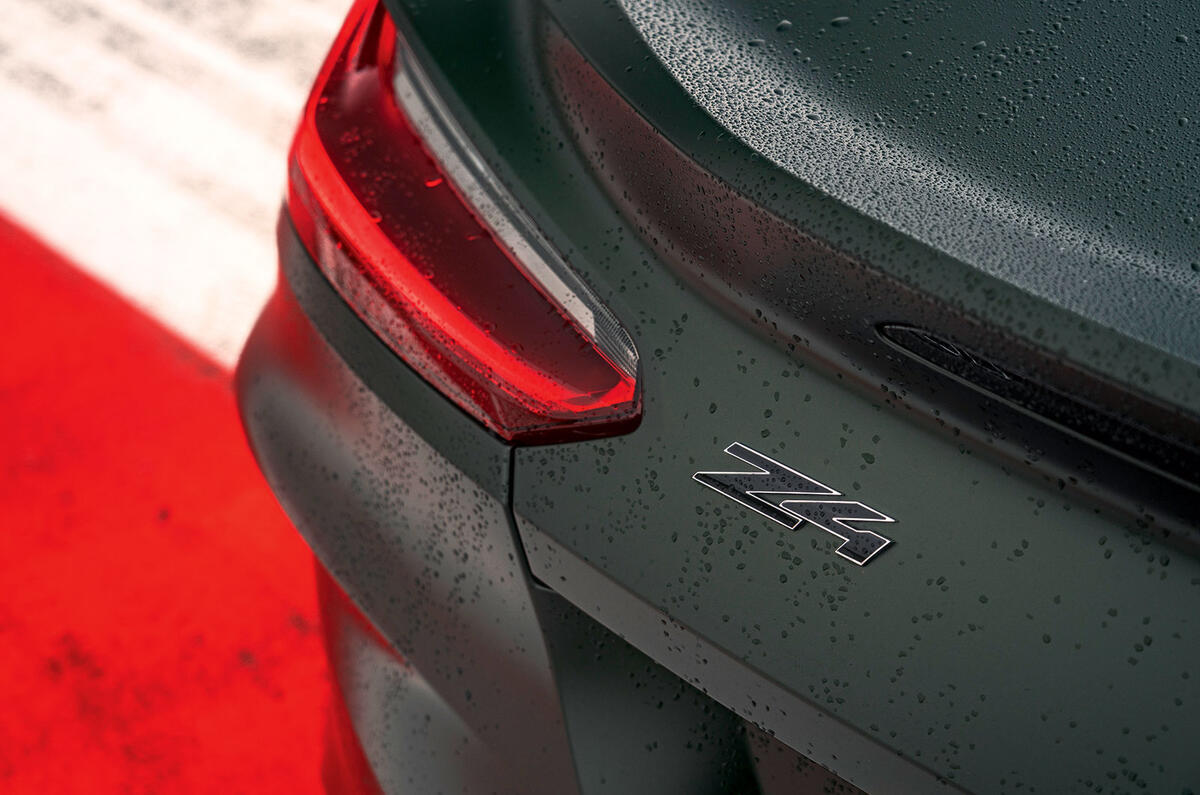
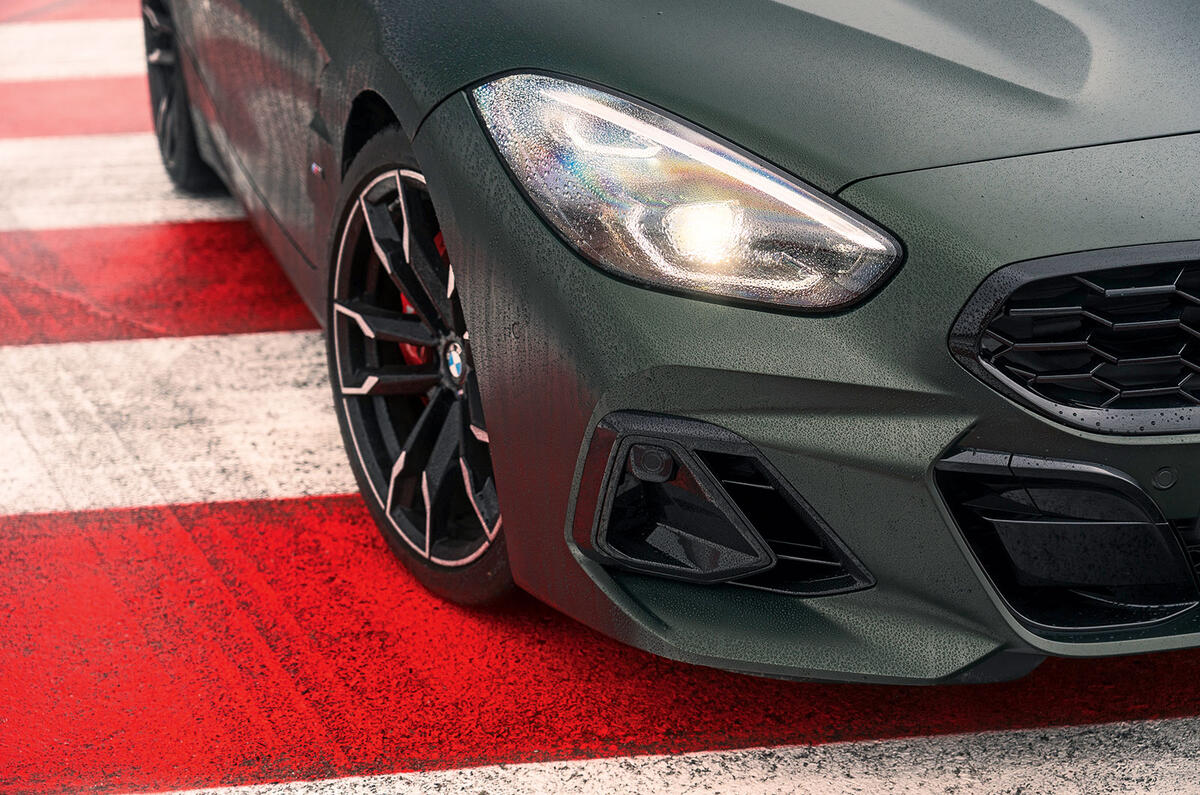

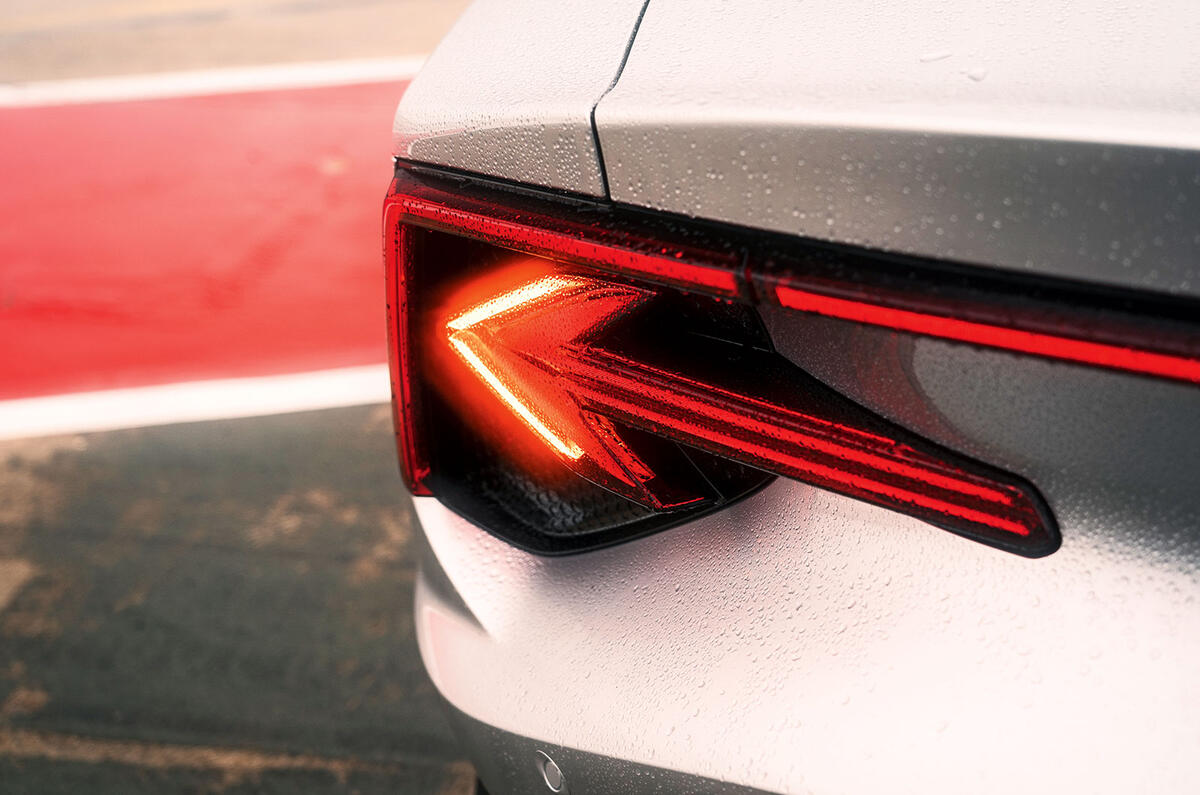
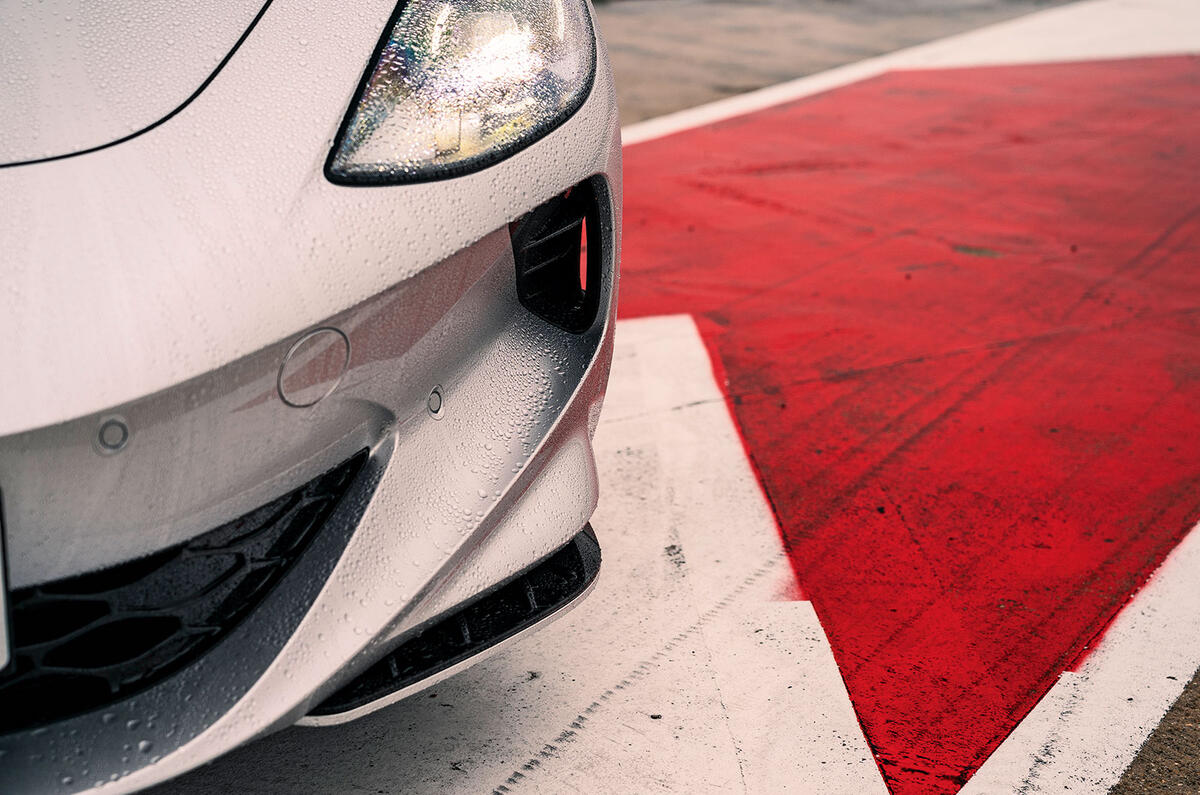
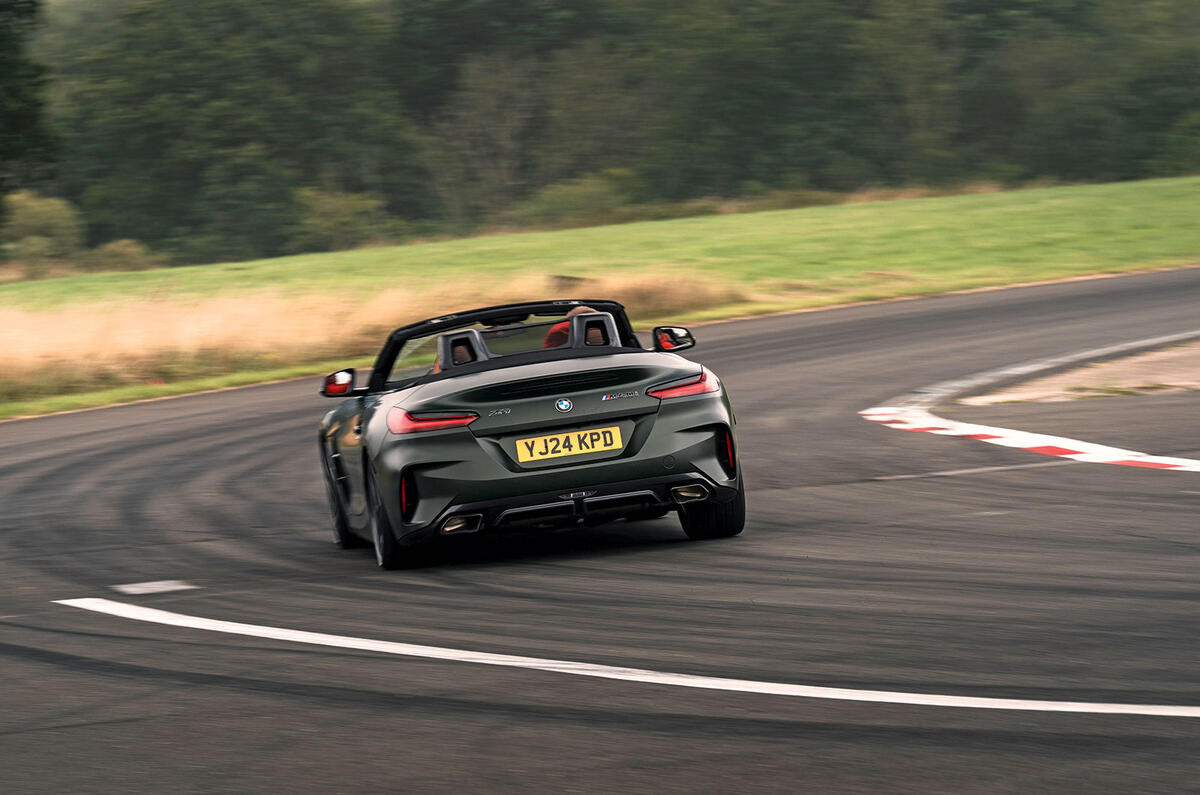
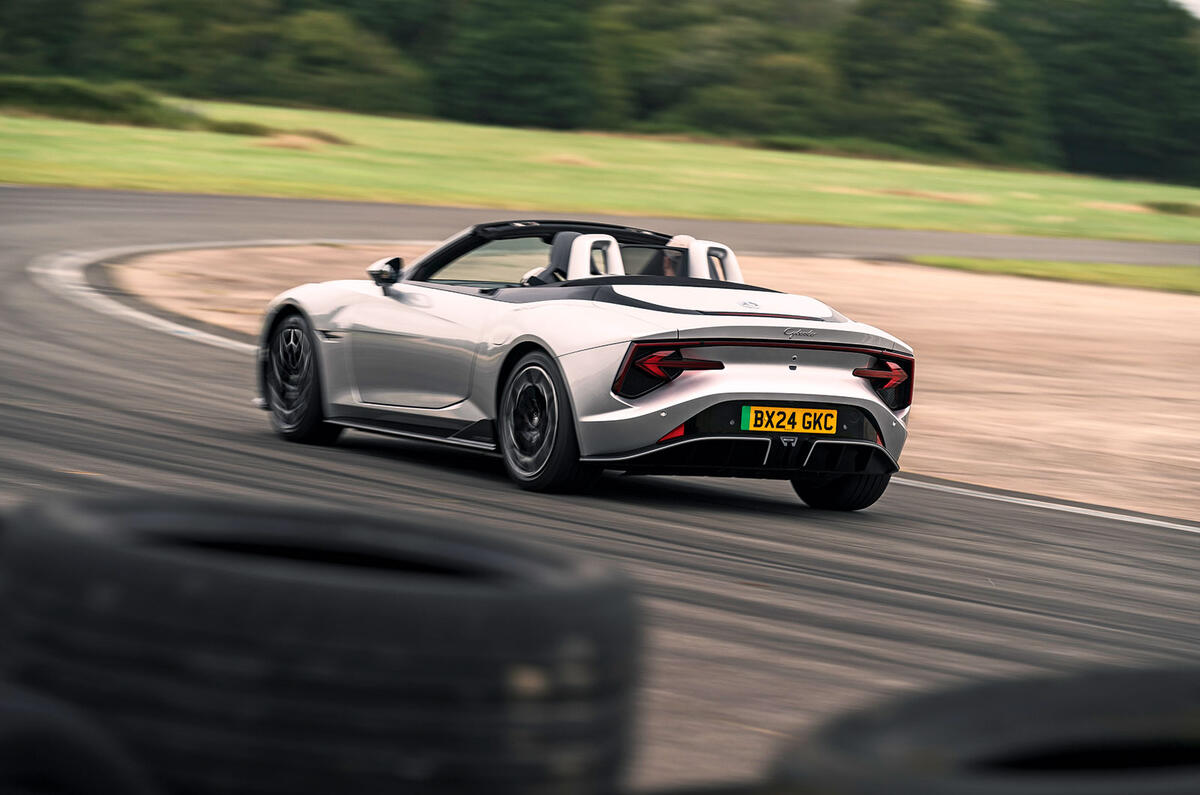

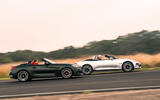
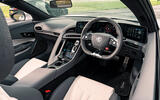
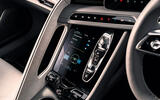
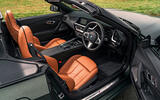

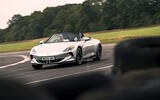

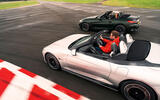

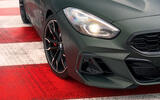




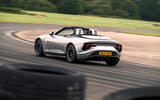

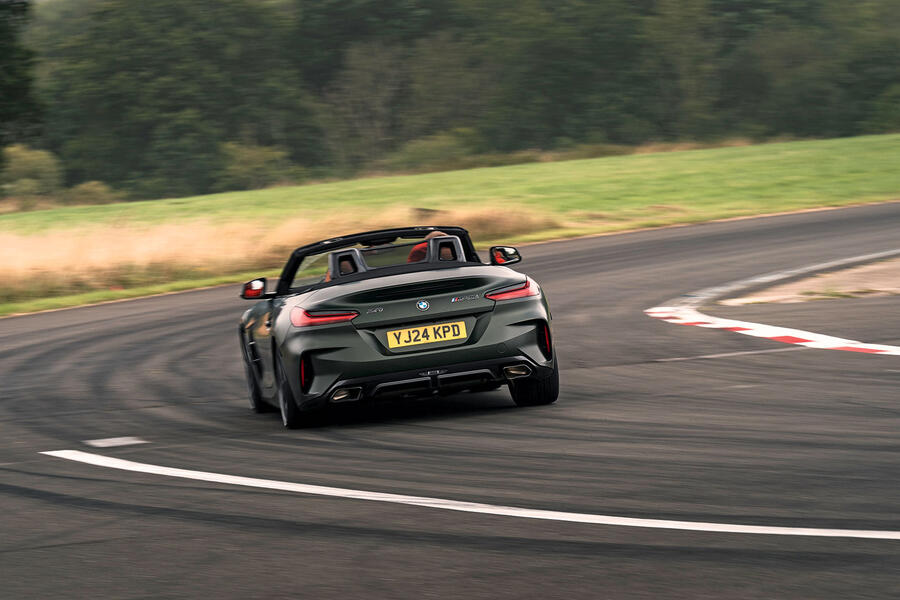
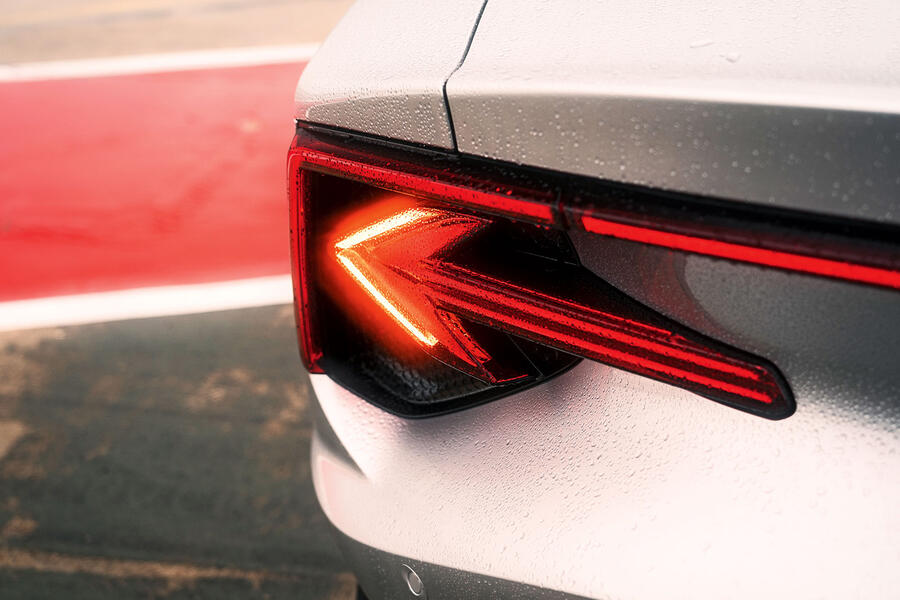
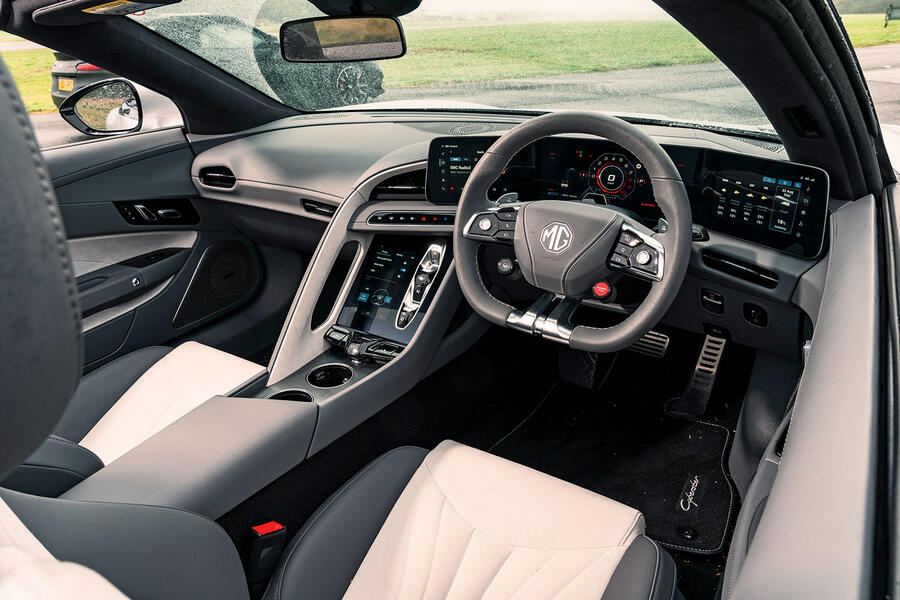
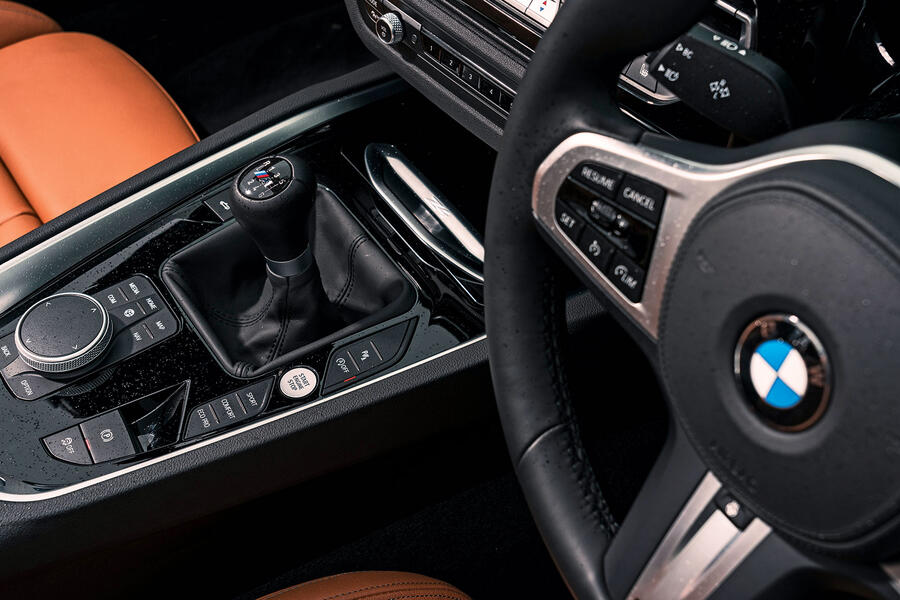

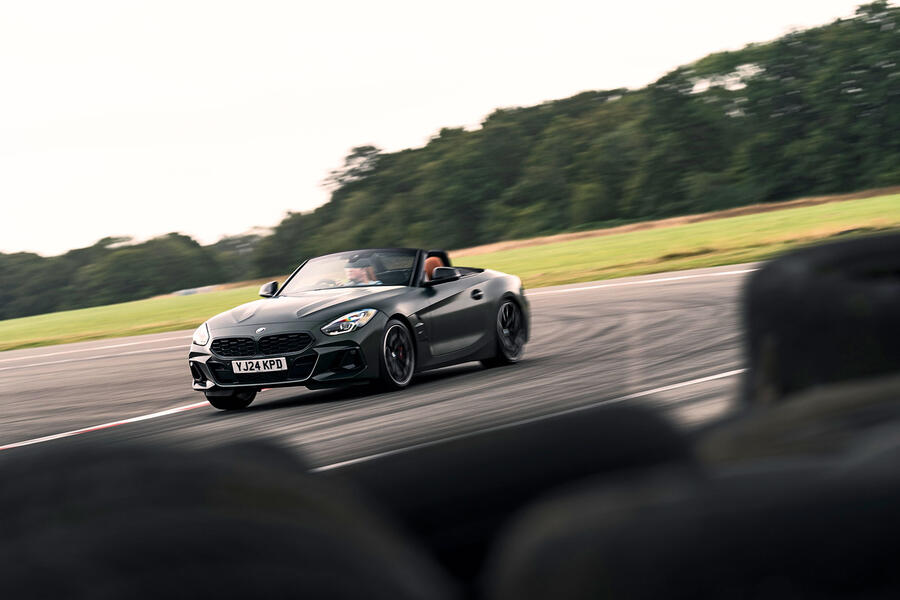







Join the debate
Add your comment
This comparison seems utterly pointless. It's like comparing apples with pears. If you want an electric sportscar, you wouldn't give a Z4 a passing thought. If you want an old-fashioned outdated combustion car, you wouldn't consider an EV. Making a comparison between them says a lot about how out of touch with real-world car buyers Autocar has become. Maybe wait until the Boxster EV arrives next year and then do a comparison test with the MG. That would actually be logical. Oh, and by the way, the fact that the Z4 carries all its weight in the nose is exactly why it will be so dangerous in a crash. In a frontal impact, the engine and transmission end up in your lap. That's one of the main reasons why EVs are safer.
Sub - two tonne electric car..... wow. Looks the part this MG
Why does the table at the end say "8-spd automatic"?